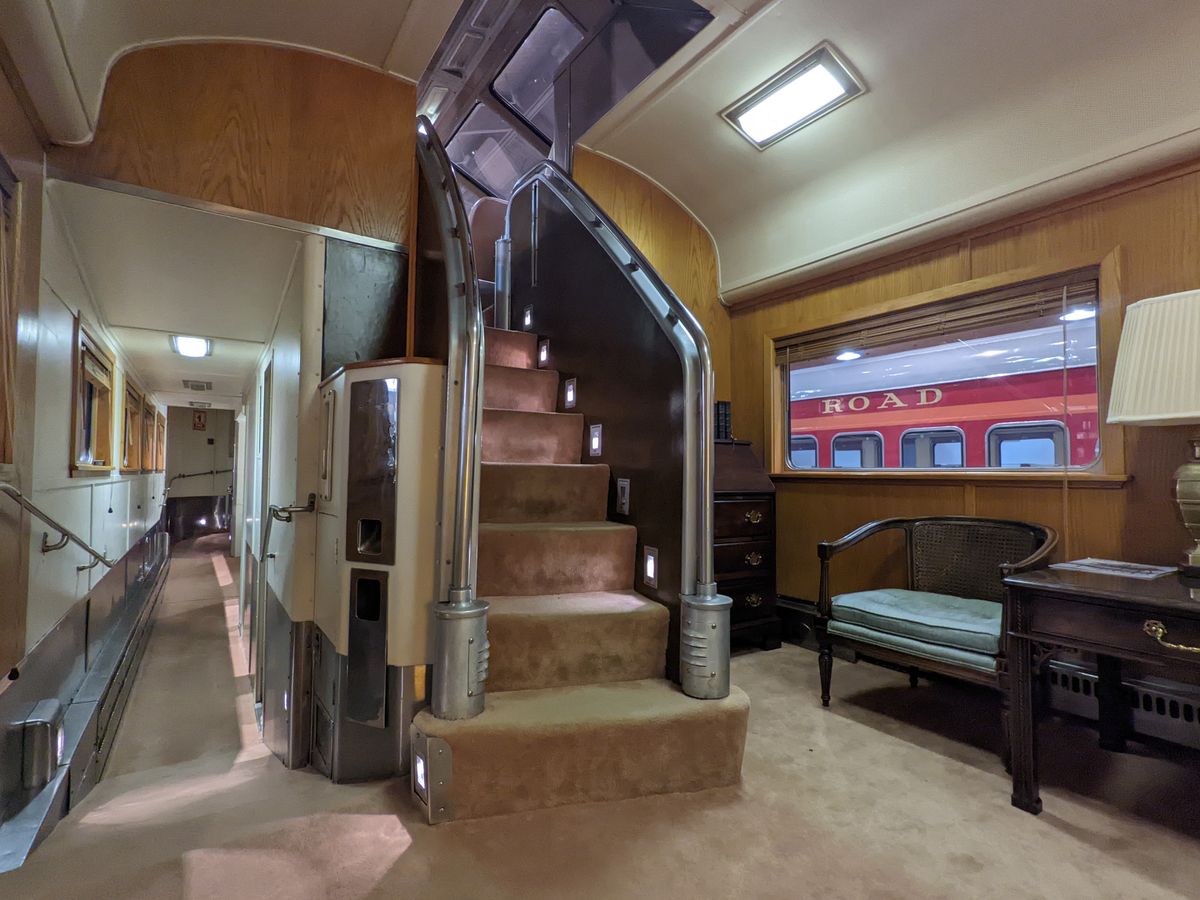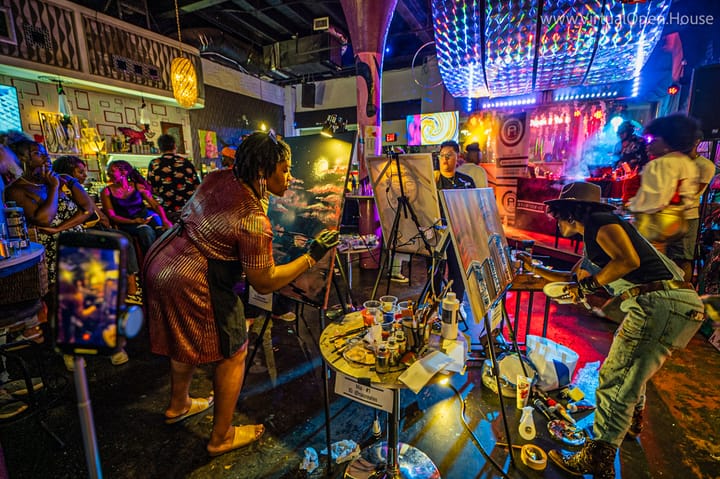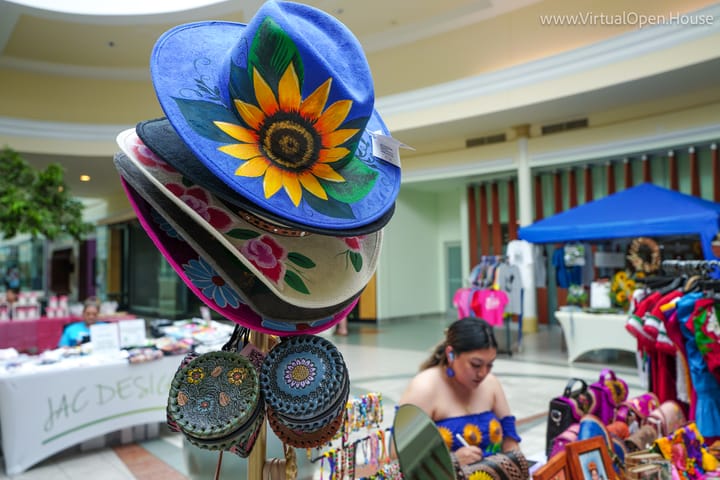Riding into History: A Tour of the Rare Hiawatha Train Car at the Museum of Arts and Sciences

What a treat! During the Museum After-hours event in the last months of 2022, it was my luck to go on a tour of the Hiawatha train car at the Museum of Arts and Science in Daytona Beach, Florida. The tour was led by Zach Zacharias, the senior curator of education and history at the museum. He explains that the Hiawatha is a rare train car, as there are only two known in the world. The car was donated to the museum by a collector named Chapman Root, who collected Americana, including trains. The Hiawatha was in poor condition when acquired by the museum, but has since been restored. The tour includes information on the history and features of the train car, including its solarium and glass dome.
I like to pass my treats along. Enjoy the video, or continue reading about what I learned from Zach.
.jpg)
FREE TEST SHOOT FOR DAYTONA BEACH AREA
The Hiawatha train car is a piece of American history, specifically related to the golden age of rail travel. The Hiawatha was built in the 1930s by the Budd Company for the Chicago, Milwaukee, St. Paul, and Pacific Railroad, also known as the Milwaukee Road. One of the most notable figures associated with the Milwaukee Road is Henry Flagler, a wealthy businessman who helped develop the railroad and played a significant role in the growth and development of Florida.
Flagler's Florida East Coast Railway ran a luxury passenger train service, including the Hiawatha, which ran between Chicago and Miami. The Hiawatha was known for its high speed and luxurious amenities, including a solarium with a glass dome.
The Hiawatha was in service for over 20 years, but with the decline of rail travel, the train was retired and eventually sold. The car was purchased by collector Chapman Root, who restored it to its original condition.
Chapman Root was a collector of Americana, including trains. He was a member of the Root family, which owned and operated the A.J. Root Beer Company. The Root family had a private museum in Dayton, Ohio, where they housed their collection, including the Hiawatha train car. The museum was not open to the public and was used primarily for family events, such as Christmas parties.
According to the story, the Root family was considering selling their collection, including the Hiawatha, for tax reasons in the 1990s. However, they ultimately decided that they did not want to see the collection broken up and sent all over the world. Instead, they donated the collection to the Museum of Arts and Sciences, including the Hiawatha and another train car called the Silver Holly.
The Root family had a personal connection to the Hiawatha, as Chapman Root's grandfather was an engineer on the Chicago-Milwaukee-St.Paul & Pacific railroad, also known as the Milwaukee Road, which operated the Hiawatha train. The family also used the train car for events, entertaining guests in the luxurious solarium, which was a highlight of the train.
The Root family's donation of the Hiawatha to the Museum of Arts and Sciences allowed the public to experience a piece of American history and to learn more about the golden age of rail travel and the role of the Root family in preserving this piece of Americana.
A story that passed down with the train was that as the Hiawatha was leaving Chicago for the last time, a brick was thrown through the solarium, shattering the glass and causing damage. This was seen as a symbol of the end of an era for the golden age of rail travel. The train and the glass of the solarium have been restored since, and it's now part of the Museum of Arts and Sciences, in Daytona Beach, Florida, and is open for the public to visit.




